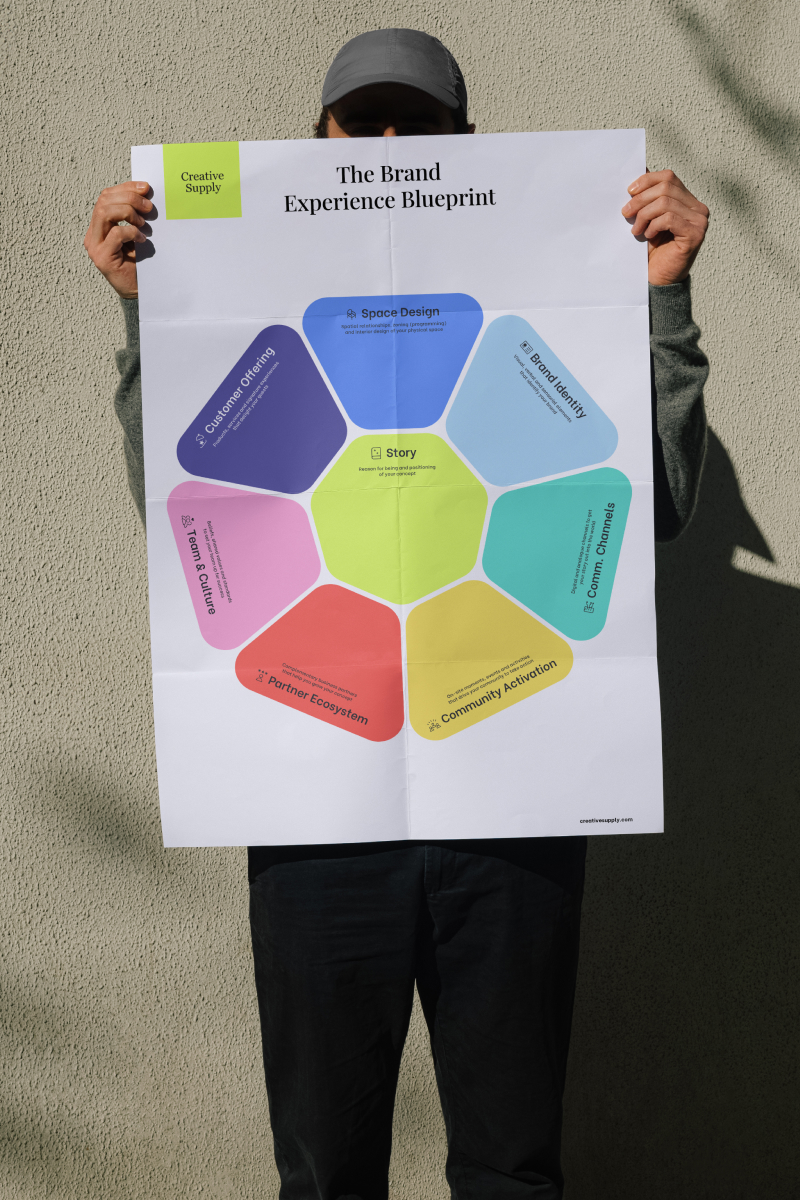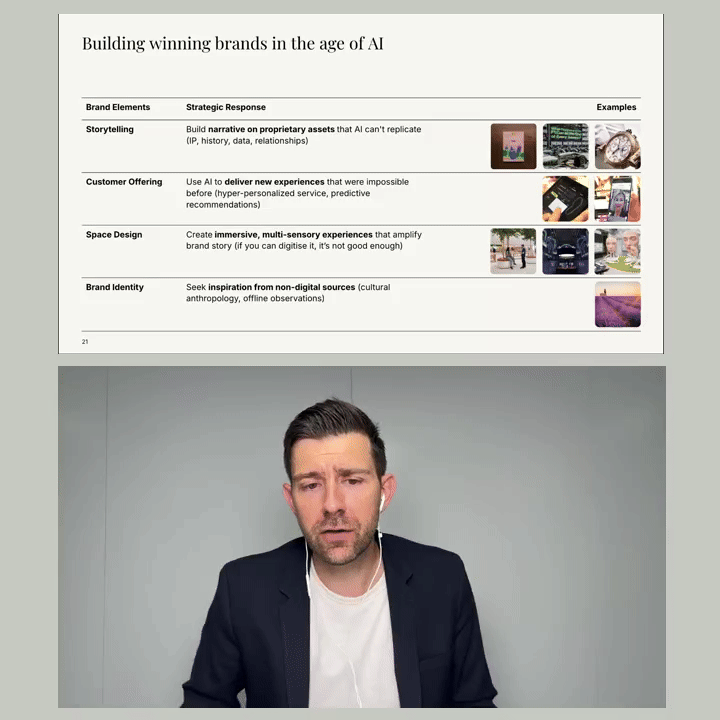Branding innovation – How to build a community
Two Swiss brands, Punkt. and Swiss Side, show us that building an audience is not only about focussing on the product or service on offer, but also on the cause behind it and the community around it

One of the hardest parts of launching a new product or service is building an audience that’s interested. Getting people to care. Most companies focus on building the absolute biggest audience they possibly can (a technique reinforced by the Facebook and SEO advertising mentality). But this approach is not only costly, the connection is shallow and unloyal. That’s why some companies are choosing instead to focus on building brand communities instead. A much more intimate approach that can sometimes have little to do with the products or services themselves. In fact, according to marketing guru Seth Godin, a community needs just two things: a cause that people can relate to, and a way for people to talk to each other.
Let’s take Punkt. for example. Punkt. is a Swiss consumer electronics brand that became well known for its dumb phone. A phone that costs nearly €300 yet does nothing more than text and call. Without a cause and a community, punkt is a very tough sell. After all, there is nothing actually innovative about the product itself.
Punkt. focusses instead on the fact that we humans have lost control in a digital world; that we are overwhelmed by news feeds, notifications and hashtags. The brand now has a cause: take control of technology before technology takes control of us. So Punkt. organises digital detox challenges, where people trade in their smartphone for a dumb one, for a day or a week, and then recount the experience online. This triggers discussion online about digital detox, unplugging to find mental health, the impact of technology on our lives, etc. With this the basic Punkt. phone becomes a symbol of the community and its cause. So by buying a Punkt. phone you are becoming part of the community of people who want to have a smart lifestyle – now that’s worth €300, right.

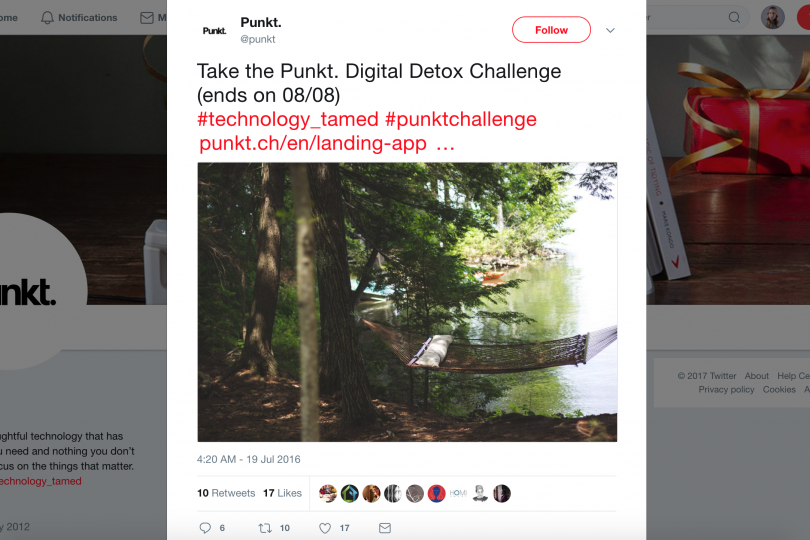
A further example is another Swiss brand, a wheel manufacturer called Swiss Side. While most of their competitors focus on weight, Swiss Side improve bicycle racing performance by applying F1 aerodynamics technology. The cause of Swiss Side: revolutionise the cycling industry. Nothing less. And, to build a community around this cause, Swiss Side did something very few R&D based companies dare do: they shared all their research data. Rapidly, cycling fans around the world began to discuss the data on forums online. Word of mouth spread and Swiss Side grew leaps and bounds.
So, if you’re launching a new product or service and need to build an audience, don’t just focus on product features. Rather, ask yourself, what cause do I stand for and how do I get my community to engage with it.
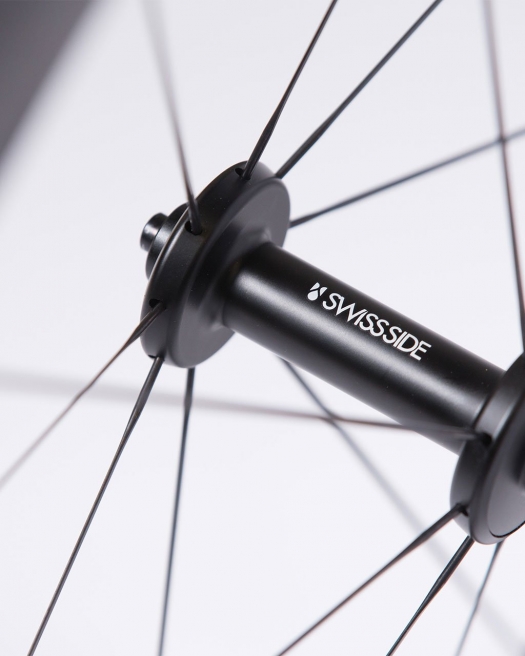
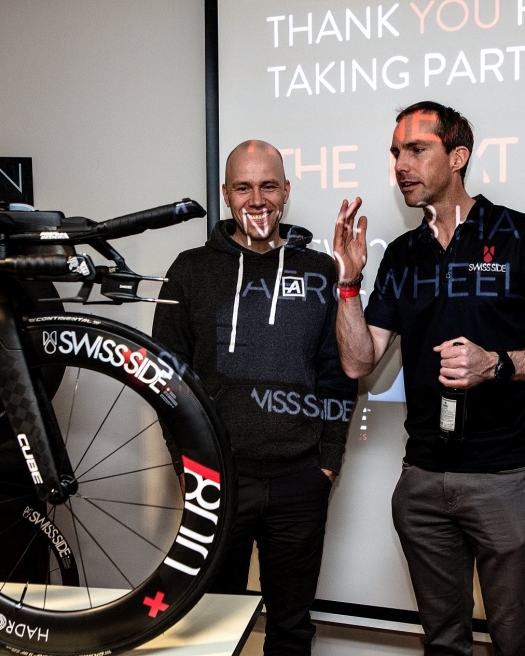

Branding innovation – How to build a community



Branding innovation – How to build a community
Two Swiss brands, Punkt. and Swiss Side, show us that building an audience is not only about focussing on the product or service on offer, but also on the cause behind it and the community around it
One of the hardest parts of launching a new product or service is building an audience that’s interested. Getting people to care. Most companies focus on building the absolute biggest audience they possibly can (a technique reinforced by the Facebook and SEO advertising mentality). But this approach is not only costly, the connection is shallow and unloyal. That’s why some companies are choosing instead to focus on building brand communities instead. A much more intimate approach that can sometimes have little to do with the products or services themselves. In fact, according to marketing guru Seth Godin, a community needs just two things: a cause that people can relate to, and a way for people to talk to each other.
Let’s take Punkt. for example. Punkt. is a Swiss consumer electronics brand that became well known for its dumb phone. A phone that costs nearly €300 yet does nothing more than text and call. Without a cause and a community, punkt is a very tough sell. After all, there is nothing actually innovative about the product itself.
Punkt. focusses instead on the fact that we humans have lost control in a digital world; that we are overwhelmed by news feeds, notifications and hashtags. The brand now has a cause: take control of technology before technology takes control of us. So Punkt. organises digital detox challenges, where people trade in their smartphone for a dumb one, for a day or a week, and then recount the experience online. This triggers discussion online about digital detox, unplugging to find mental health, the impact of technology on our lives, etc. With this the basic Punkt. phone becomes a symbol of the community and its cause. So by buying a Punkt. phone you are becoming part of the community of people who want to have a smart lifestyle – now that’s worth €300, right.


A further example is another Swiss brand, a wheel manufacturer called Swiss Side. While most of their competitors focus on weight, Swiss Side improve bicycle racing performance by applying F1 aerodynamics technology. The cause of Swiss Side: revolutionise the cycling industry. Nothing less. And, to build a community around this cause, Swiss Side did something very few R&D based companies dare do: they shared all their research data. Rapidly, cycling fans around the world began to discuss the data on forums online. Word of mouth spread and Swiss Side grew leaps and bounds.
So, if you’re launching a new product or service and need to build an audience, don’t just focus on product features. Rather, ask yourself, what cause do I stand for and how do I get my community to engage with it.



DownloadBranding innovation – How to build a community
One of the hardest parts of launching a new product or service is building an audience that’s interested. Getting people to care. Most companies focus on building the absolute biggest audience they possibly can (a technique reinforced by the Facebook and SEO advertising mentality). But this approach is not only costly, the connection is shallow and unloyal. That’s why some companies are choosing instead to focus on building brand communities instead. A much more intimate approach that can sometimes have little to do with the products or services themselves. In fact, according to marketing guru Seth Godin, a community needs just two things: a cause that people can relate to, and a way for people to talk to each other.
Let’s take Punkt. for example. Punkt. is a Swiss consumer electronics brand that became well known for its dumb phone. A phone that costs nearly €300 yet does nothing more than text and call. Without a cause and a community, punkt is a very tough sell. After all, there is nothing actually innovative about the product itself.
Punkt. focusses instead on the fact that we humans have lost control in a digital world; that we are overwhelmed by news feeds, notifications and hashtags. The brand now has a cause: take control of technology before technology takes control of us. So Punkt. organises digital detox challenges, where people trade in their smartphone for a dumb one, for a day or a week, and then recount the experience online. This triggers discussion online about digital detox, unplugging to find mental health, the impact of technology on our lives, etc. With this the basic Punkt. phone becomes a symbol of the community and its cause. So by buying a Punkt. phone you are becoming part of the community of people who want to have a smart lifestyle – now that’s worth €300, right.


A further example is another Swiss brand, a wheel manufacturer called Swiss Side. While most of their competitors focus on weight, Swiss Side improve bicycle racing performance by applying F1 aerodynamics technology. The cause of Swiss Side: revolutionise the cycling industry. Nothing less. And, to build a community around this cause, Swiss Side did something very few R&D based companies dare do: they shared all their research data. Rapidly, cycling fans around the world began to discuss the data on forums online. Word of mouth spread and Swiss Side grew leaps and bounds.
So, if you’re launching a new product or service and need to build an audience, don’t just focus on product features. Rather, ask yourself, what cause do I stand for and how do I get my community to engage with it.



